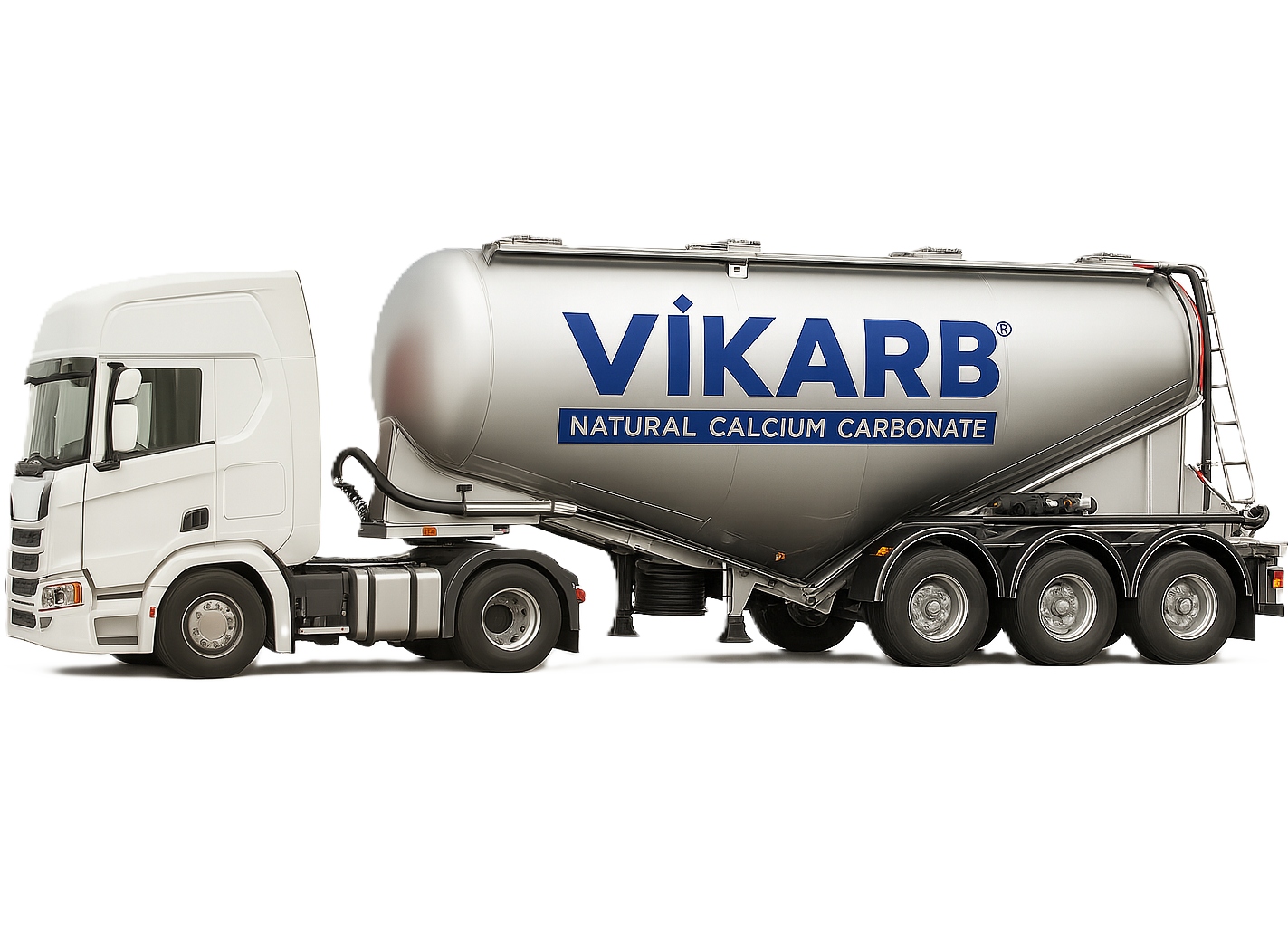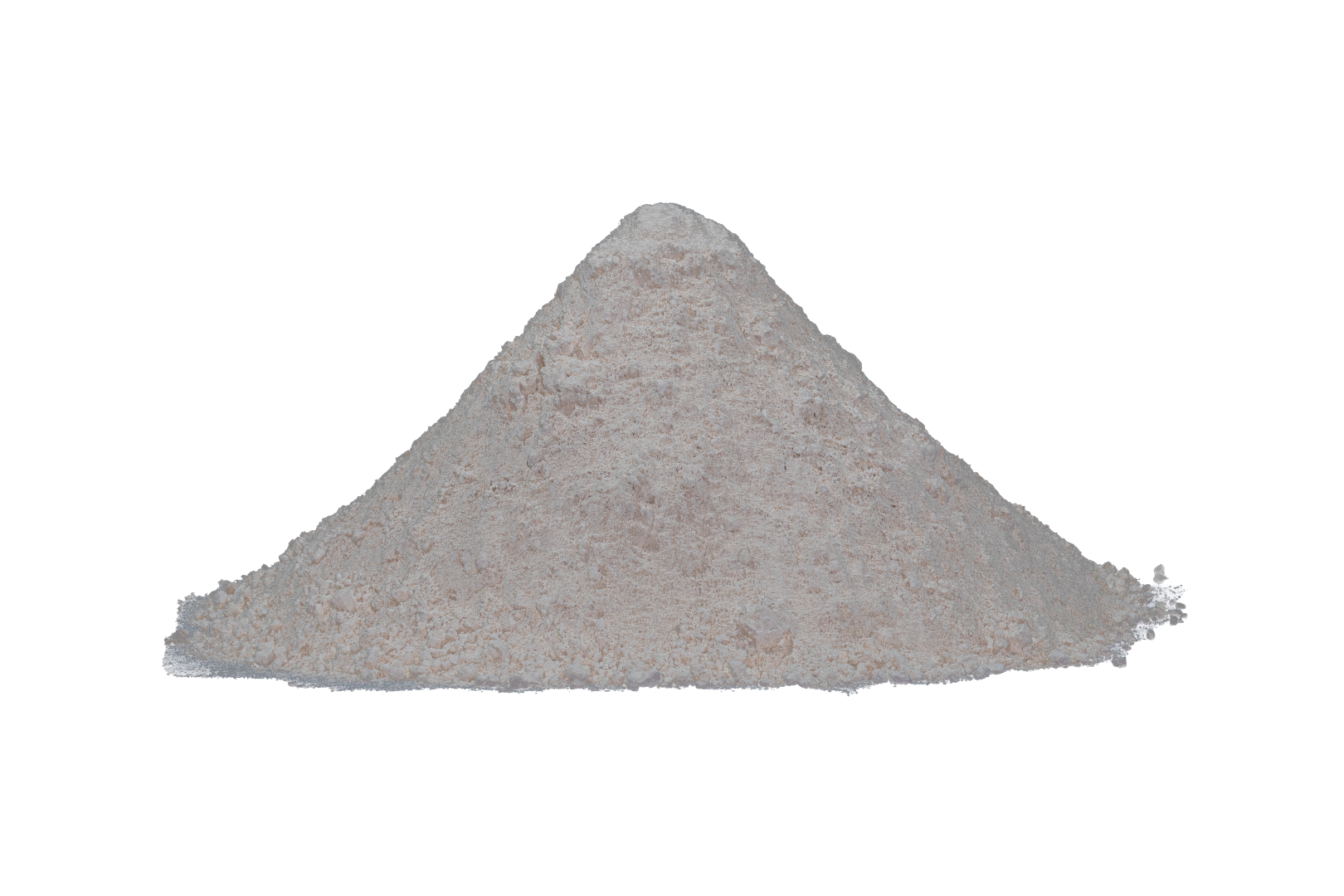
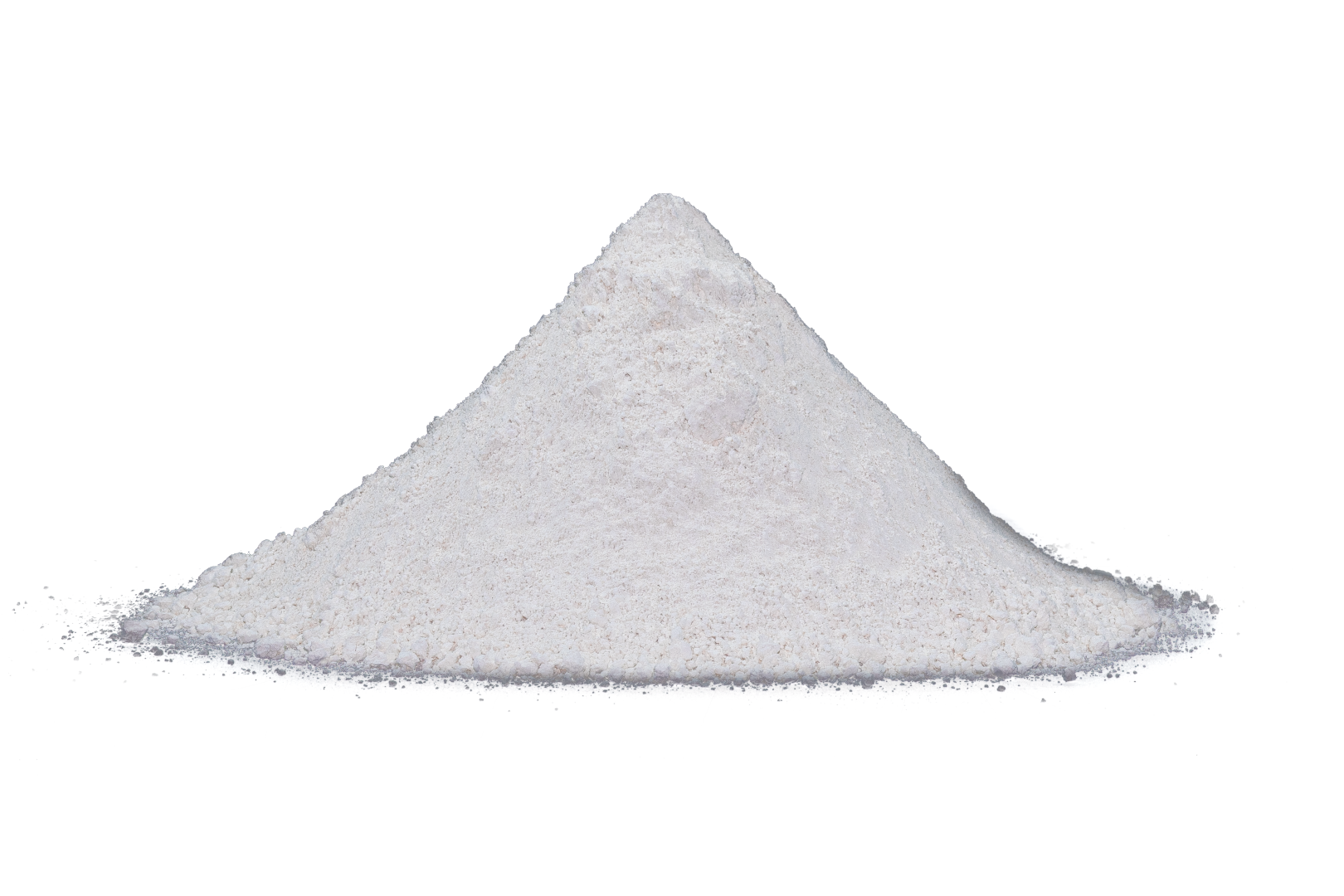
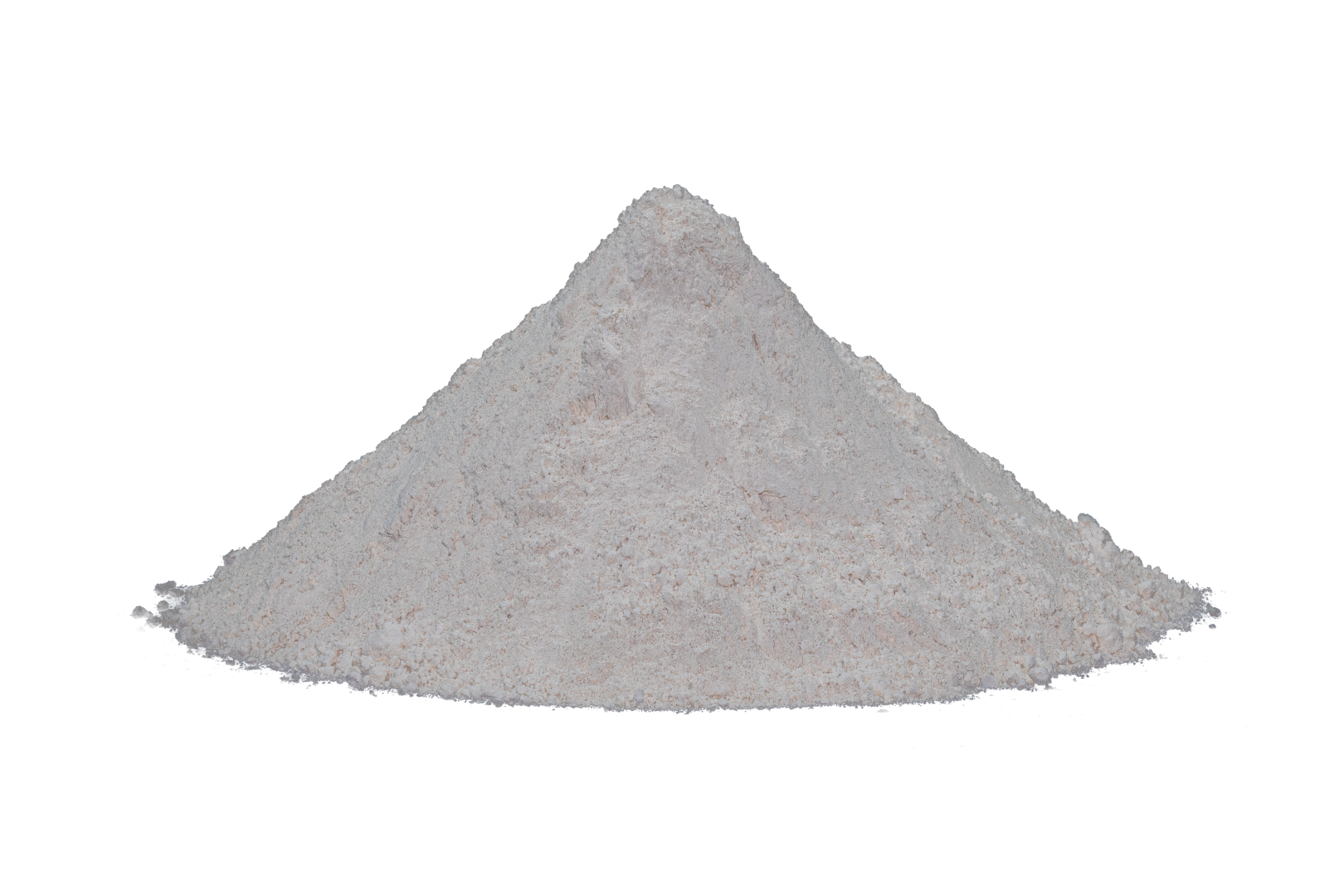
Natural Calcium Carbonate Vikarb®
It is a naturally micronized calcium carbonate powder, produced by grinding raw materials obtained from high-purity calcium carbonate deposits, and is highly dispersible
- MSDS
Usage Areas
Glass
Animal Husbandry
Carpet
Flue Gas Desulfurization
Paint
Paper
Plastic
Agriculture
Paper
In modern paper and cardboard production, calcium carbonate reduces the use of other pigments such as clay, talc, and silica. It provides dimensional stability, enhances opacity, adds whiteness and brightness, and reduces cellulose consumption while protecting fiber integrity.
Plastic
In PVC, PE, PP, rubber, and elastomer applications, calcium carbonate helps maintain cost-performance balance and optimizes final product properties. Its excellent dispersion in polymers enhances strength, regulates viscosity, and creates a brighter, smoother surface. It particularly improves hardness and impact resistance.
Paint
Used as a filler instead of pigment due to its cost-effectiveness. It helps prevent steel corrosion, enables the formation of thick coatings in a single layer, and improves resistance to water and chemicals.
Animal Husbandry
High-purity calcium carbonate is used in feed rations to meet the calcium requirements of animals. It plays a vital role in bone and dental development, eggshell formation and quality, and optimizing milk production in cattle, poultry, and small ruminants.
Agriculture
To increase productivity in acidic soils, calcium carbonate is added as an effective calcium source. It provides natural buffering capacity, extends plant life, and supports sustainable, eco-friendly agriculture through pH regulation, soil improvement, and plant nutrition.
Glass
Thanks to its high calcium and low silica and magnesium content, calcium carbonate increases the chemical durability of glass and helps lighten its color. It is commonly used in the production of bottles and window glass.
Flue Gas Desulfurization
Chemical reactions that reduce sulfur oxides are referred to as SO₂ reduction or desulfurization. This process involves washing flue gases containing high levels of SO₂ with specific chemicals to neutralize and reduce them to safe levels.
Calcium carbonate plays a key role in this reaction sequence:
CaCO₃ + heat → CaO + CO₂ (Calcination)
CaO + SO₂ + ½ O₂ → CaSO₄ + heat (Sulfation)
Through this process, harmful sulfur dioxide (SO₂) is converted into environmentally harmless calcium sulfate (CaSO₄). Desulfurization is essential for emission control and environmental protection.
Carpet
Due to its unique physical and chemical properties, calcium carbonate is widely used in the carpet industry—particularly in tufted and anti-slip backing carpets. It ensures the carpet lays flat, stays in place, and meets desired weight specifications. It also reduces latex consumption when used as a filler.
Our products are delivered in big bags, silo trucks (granular and powder forms), and 25 kg PP slingbags.
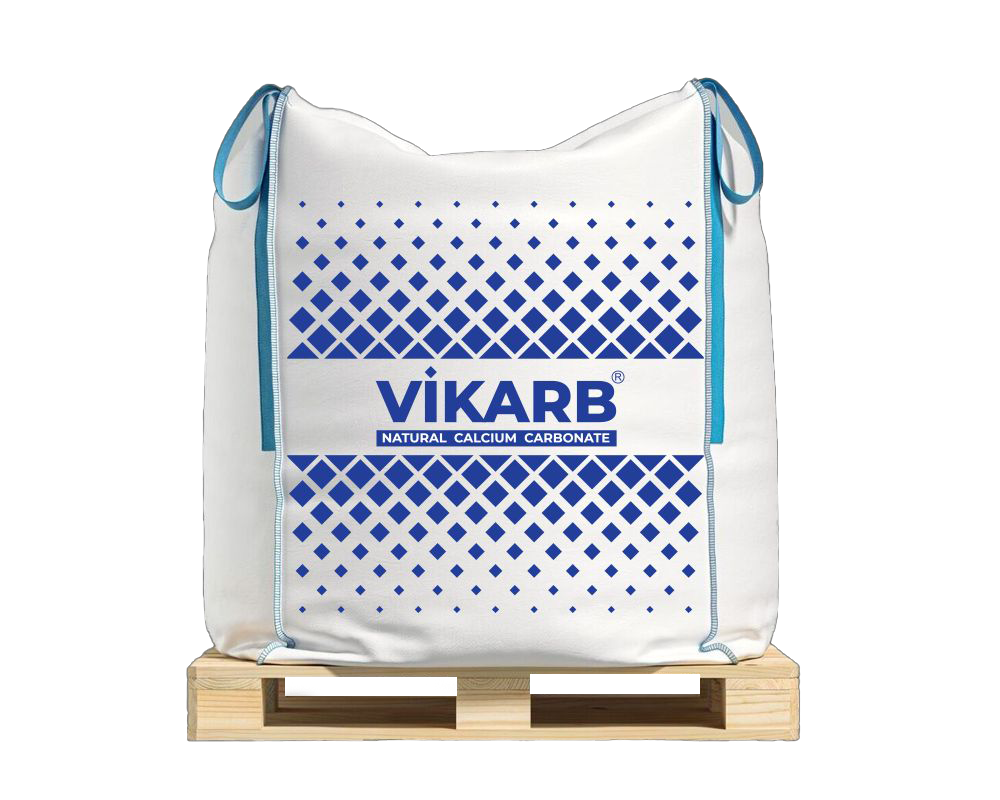
Bigbag
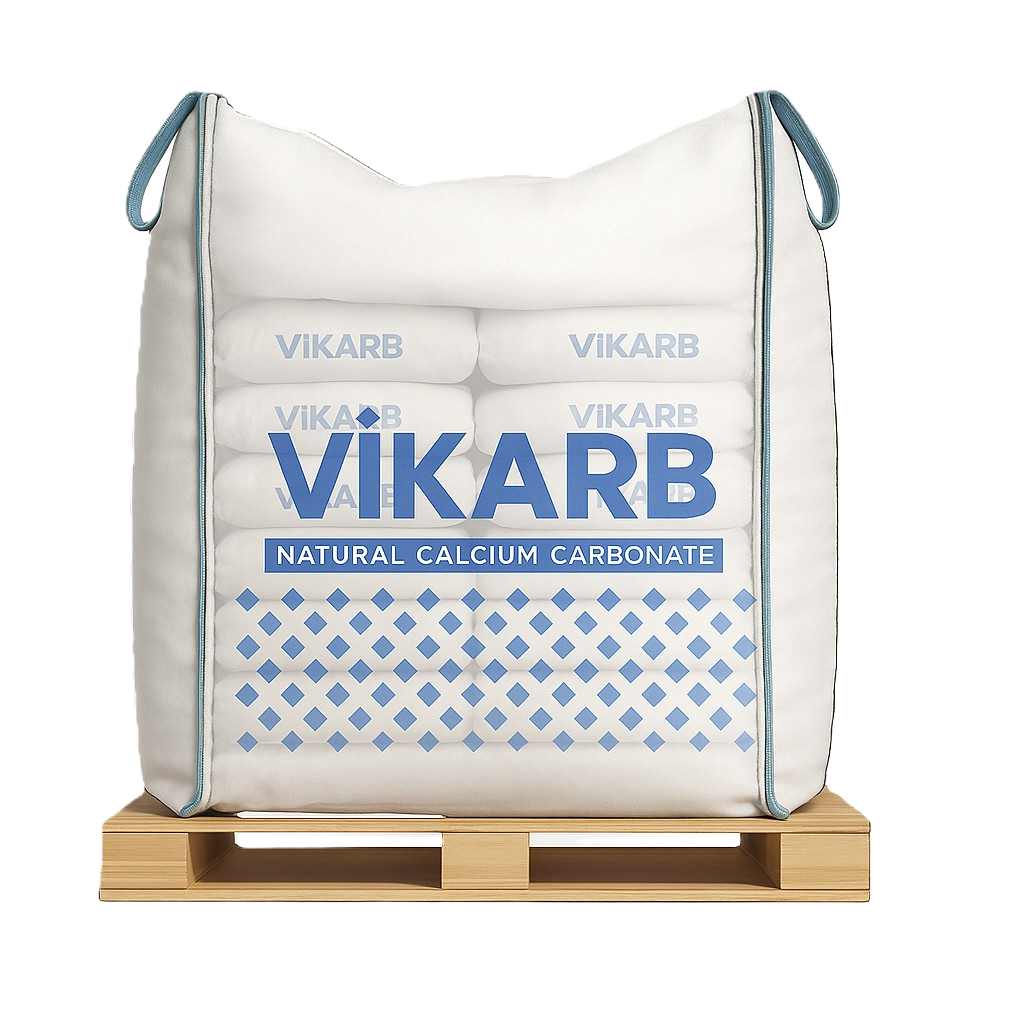
25kg PP Slingbag
